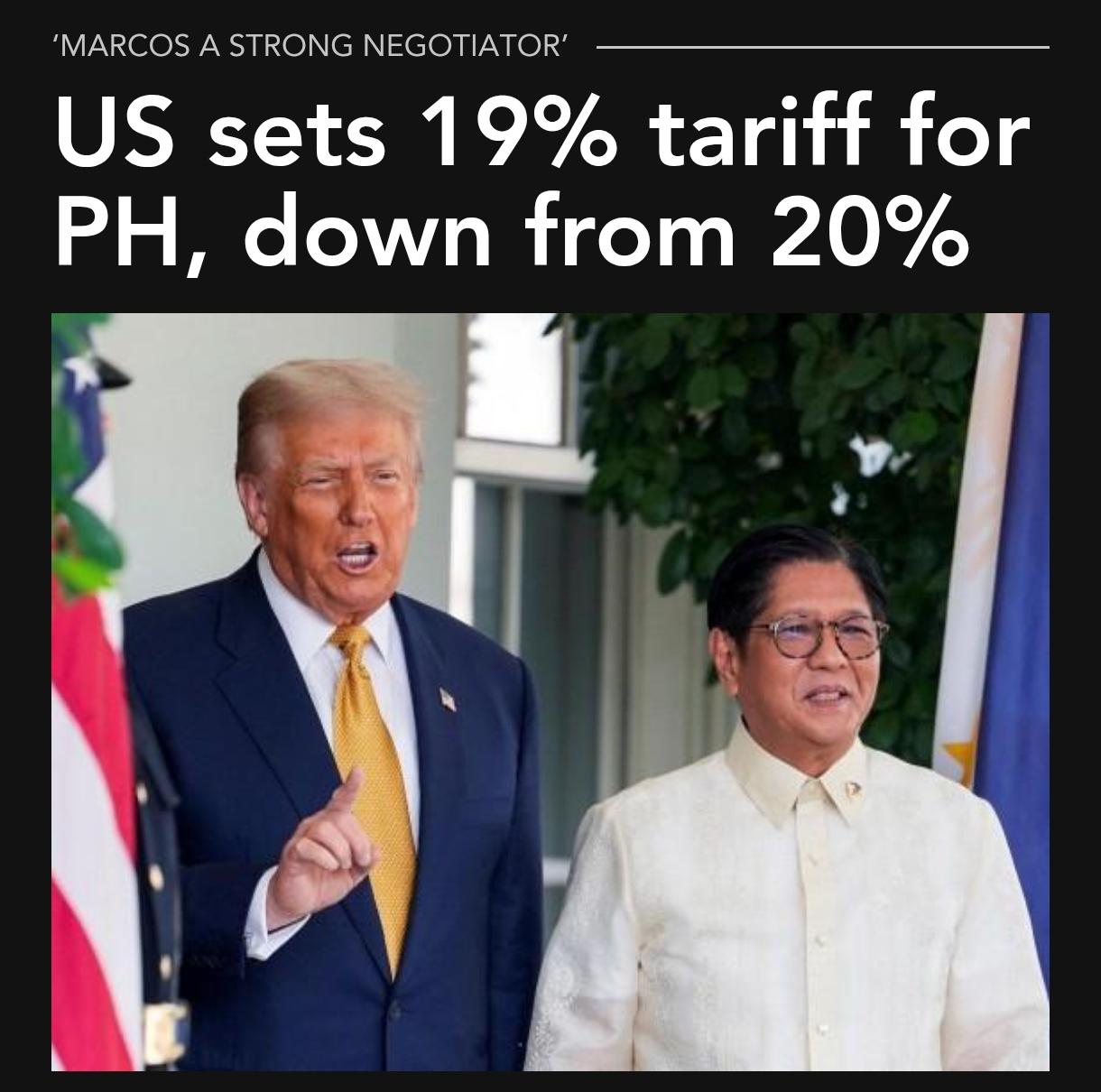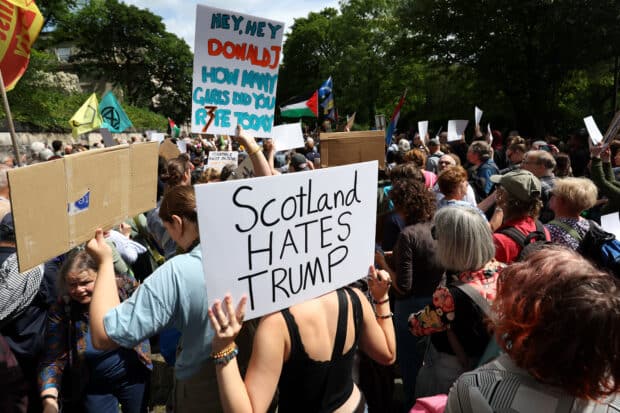
04 Aug, 2025
2 min read
Philippines Addresses New 19% US Tariff While Seeking Trade Balance
Trade Secretary Cristina Roque confirmed that the United States’ announced 19-percent tariff on Philippine exports, slated to begin on August 1, is currently "final." However, she emphasized that the Philippines continues to advocate for a potential reduction in the tariff rate.
The 19% levy marks a decrease from the initial 20 percent proposal but remains above the 17 percent rate discussed earlier this year in April. Roque told reporters on July 25, "Since it was already announced by President Trump, then it’s final. But of course, we’re really hoping we can bring it down." She also shared that trade officials from both countries are actively working out specifics on the implementation of the tariff.
Looking ahead, Roque revealed that Manila is exploring future free trade agreement possibilities with the US. Nevertheless, she stressed that the Philippines will not compromise protections for sensitive industries solely for minimal tariff relief. While Philippine exports will be subject to the new 19-percent duty, several US imports—including medical devices, automotive goods, and soybeans—will enter the Philippines duty-free. Roque highlighted that the Philippines refrained from making agricultural concessions to protect local farmers, as "it’s not commensurate to what we’re going to lose."
Comparing the stance with neighboring Indonesia, which reportedly reduced an initial 32-percent tariff to 19 percent but opened its entire market to US imports, Roque emphasized, "Sa kanila they gave all. Us, we did not."
The Federation of Philippine Industries (FPI) welcomed the measured approach. FPI Chair Elizabeth Lee described it as "a strong step toward protecting our own industries," noting that zero tariffs on inputs not produced domestically could help reduce costs "without putting local producers at risk," provided it is effectively managed.
Roque underscored the importance of continuous engagement with industry stakeholders and transparent communication regarding tariff coverage. These measures, she stated, will enable the government to "timely activate appropriate safeguard mechanisms for sectors at risk." She concluded, "At the end of the day, we all want growth, but it has to be balanced, fair, and locally anchored."
Recommended For You

US Imposes New Tariffs Amid Trade Talks Deadline, Markets React Cautiously
Aug 04, 2025
Juan dela Cruz

Historic San Agustin Church in Intramuros Faces Structural Concerns After Flooding and Water Seepage
Aug 04, 2025
Ana Marie Gonzales

8-Year-Old Girl Found Dead in Quezon City, Juvenile Detained for Investigation
Aug 04, 2025
Jose Reyes

DOH Strengthens Health Literacy Through Media Conference in Iloilo City
Aug 04, 2025
Ana Marie Gonzales
